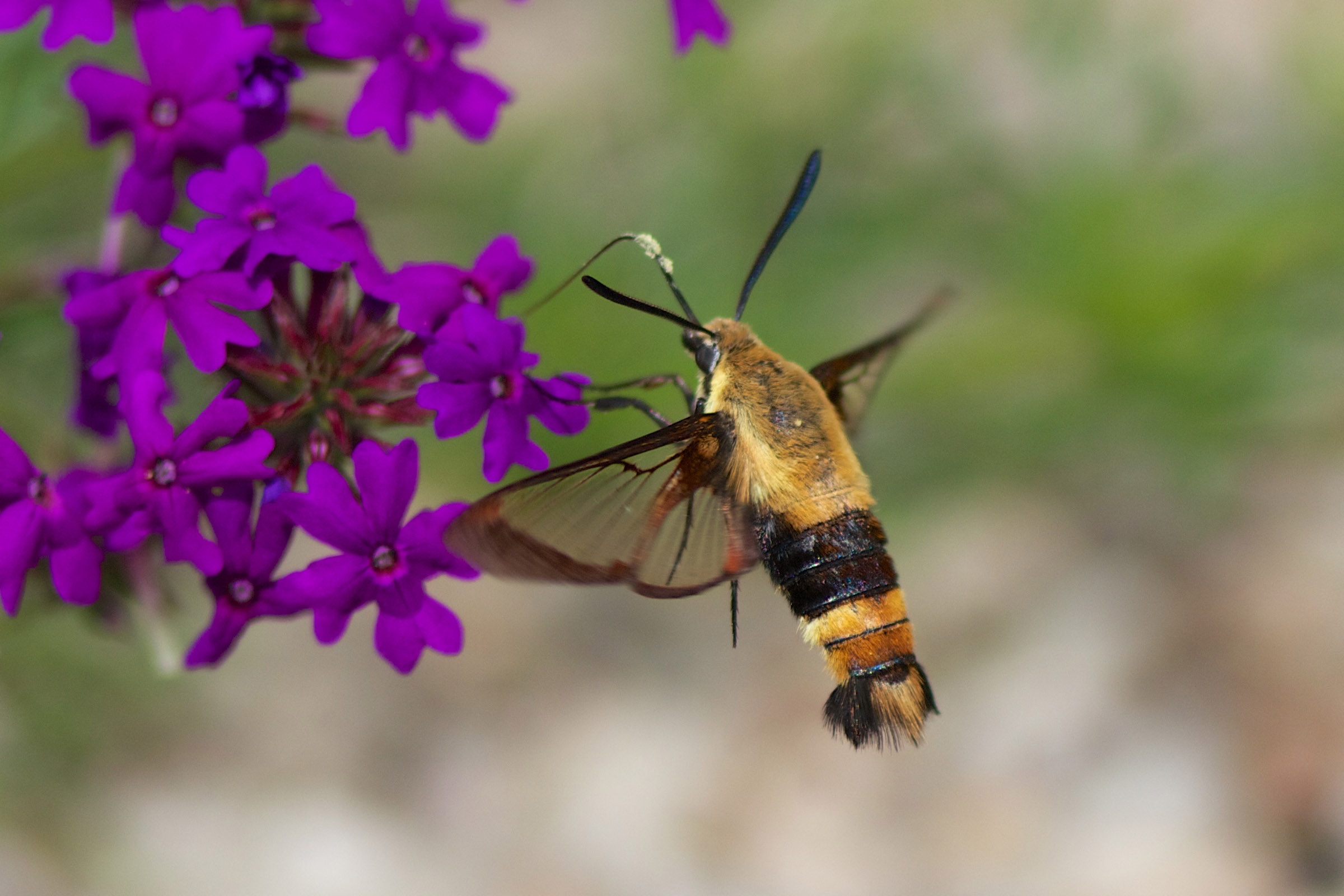Ryan Utz is an assistant professor of water resources at Chatham University. But this summer, he only has eyes for moths.
“It feels like just a wall of gems because you never know what you’re going to find,” he says.
That’s how Utz describes the four-by-eight-foot white board he and his students have constructed at the edge of a field on the university’s bucolic Eden Hall Campus, east of Pittsburgh. If you drive onto campus at night, you’ll see it glowing with LED lights, which draw the moths in like a magnet. It’s like a drive-in movie for moths, but the insects are the main attraction. In fact, if you stop by at about 5 a.m, when the sky is still dark, Utz or a student will be there, photographing each moth that shows up.
“They’re all different shapes, colors and sizes,” Utz says. “And when you get very, very close to them, you notice things that you would never ever expect to see in something so banal as a moth.”
LISTEN: Putting the Spotlight on the Humble Moth
For example, did you know that moths have hair? Under a microscope, some even look like fuzzy mammals. The hairs might be there to create a certain color, for camouflaging or to provide warmth. And without dedicated observers like Utz and his students, details like these could be lost.
“Plenty of species we know very, very little about, in terms of their ecology, their life history,” Utz says. “Moths are studied one tenth the amount of time people spend studying butterflies.”
That’s a problem, because moths perform a lot of what Utz calls “ecological services.” For one, they’re pollinators—just like bees and butterflies.
“Believe it or not, a lot of flowers bloom at night. Evening primrose is a good example. They depend on moths to pollinate their flowers.”
Moths also munch on decaying leaves in forests and are an important food source for birds, bats and reptiles. A better understanding of these complex relationships, and how moths are affected by things like air pollution and relentless urban lights, are some of the reasons Utz is excited about this project.

Ecologist Ryan Utz and graduate student Catherine Giles check on a recent arrival to their “moth board” at Chatham University. Utz says they could see as many as 1,500 different species on campus over the next several years. Photo: Kara Holsopple
Each of the images he and his students take is uploaded to the website Discover Life—a nationwide initiative to track the biodiversity of moths. Other moth enthusiasts are adding photographs daily too. Utz says the website is a key tool in helping them identify the hundreds of moth species that could visit campus over several years.
Catherine Giles, a graduate student in Chatham’s Master of Sustainability program, is the resident moth expert—though she claims amateur status. As some moths flutter frantically—and others wait sedately for the click of her camera—she says attention to detail is her biggest asset.
“It’s almost like riding the bus the same time every day,” Giles says. “You start recognizing the same faces, the same characteristics.”
She says she’s always loved bugs. And she’s thinking of making moths her career.
For now though, Giles and Utz say this is just the beginning of what they hope will be a large data set. Eventually, it could help them identify potential pests for the university’s agricultural program or see trends in moth populations.
“Through this activity, I suspect we’ll be able to discover new arrivals to Pennsylvania—maybe with climate change,” Utz says. “There might be some species that are starting to change their range northwards because it’s getting warmer. Conversely, we’re probably going to see some species loss, as the cold-loving species start migrating farther north.”

A few of the moths that have been lured in for a photo shoot by Ryan Utz and his students at Chatham University. Photo courtesy Chatham University
And then, of course, they say moths are just beautiful. When Giles explains one of her favorites—the Parasa chloris—she seems a little bit starstruck.
“It’s brown and green, but not like a forest green—like a leaf green,” she says. “It just reminds me of summer and hot weather. One day, it landed on my ring finger and it was just so cute. It was just doing its little moth thing.”
###
If you’re interested in participating in Chatham University’s moth project, Utz and the other researchers are looking for volunteers. No experience necessary. You can contact them here.

